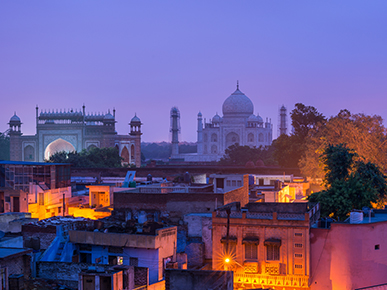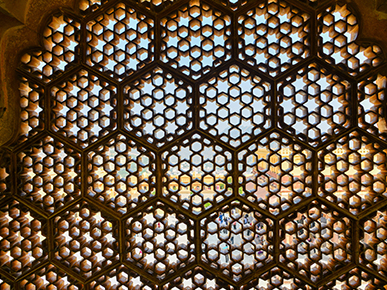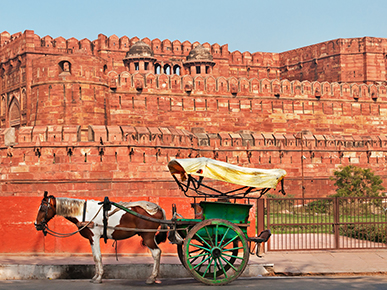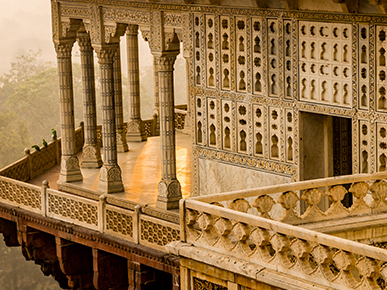8 Things You Didn’t Know About Agra
- The first telegraph line in India was laid between Kolkata and Agra in the year 1853. The first telegraphic message in India was exchanged on March, 25 1854 between Kolkata, the then capital of the British Raj and Agra, the capital of North West province. It took 110 minutes for the message to be converted from one end of the wire to the other.
- The Havelock Memorial Church in Agra was built to honor the British soldiers who lost their lives during the 1857 Mutiny. Devoid of any architectural frills, this no fuss Church was built entirely by soldiers in the memory of soldiers in 1873 at a cost of Rs 12,000.
- At the Havelock Memorial Church, in addition to the chapel there is a large reading room and library which was once meant for the use of the British soldiers. Thomas Cook, founder of the Travel Agency Thomas Cook and Sons (which is now the Thomas Cook Group) had donated nearly one thousand books to the Library of the Havelock Memorial Church. One still gets to see his portrait in the Library.
- The Mughal Emperor Akbar, grandfather of Emperor Shahjahan who built the Taj Mahal, commissioned one of the earliest churches to be built in North India. Built in 1598, this Church in Agra is still known as Akbar’s Church and formed the core around which a thriving Armenian Christian Community – Merchants, Bankers and Jewelers – flourished in Agra.
- The Red Taj Mahal at the Roman Catholic Cemetery in Agra is a two storied mausoleum dedicated to a Dutch mercenary John Hessing who was once the commander of the Agra Fort. The locals call it the Red Taj Mahal as they believe it is a near replica of the original, much more famous one. Commissioned by his wife Annie Hessing in 1803, the tomb is designed in the Mughal style in red sandstone and stands on a raised platform. It has a beautiful double dome and slender turrets but no minarets or decorative inlay work.
- Chini-ka-Rauza is a small mausoleum that overlooks the River Yamuna and the only monument in Agra which is an example of pure and undiluted Indo-Persian architecture. Built in 1635, Chini-ka-Rauza is considered a milestone in Indo-Persian architecture, as it is the very first building in India that has been exclusively decorated by the glazed tile works.
- The Aram Bagh in Agra built by the founder of the Mughal empire Babur in 1528 was the first Mughal Garden in India. He was fascinated by the gardens of Samarkand and Herat. Mughal gardens in India had four essential elements: Water for irrigation display and sound; trees for shade; flowers for scent and colour; and music to delight the ear. The ensemble of these elements created an ethereal unearthly ambience. It gave presence to the Islamic vision of paradise on earth.



